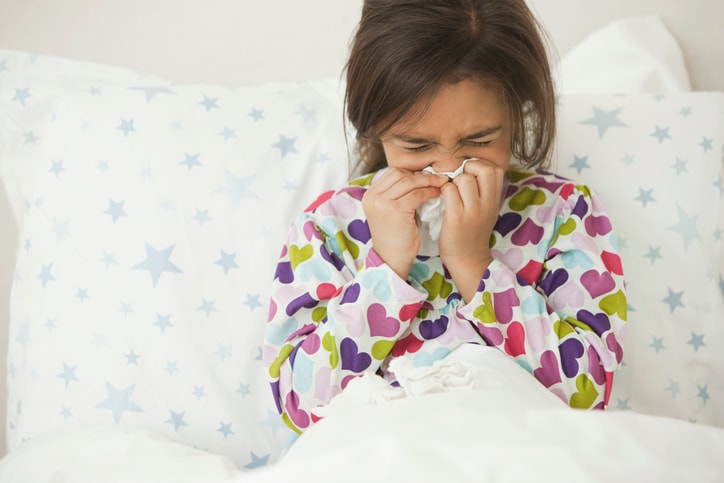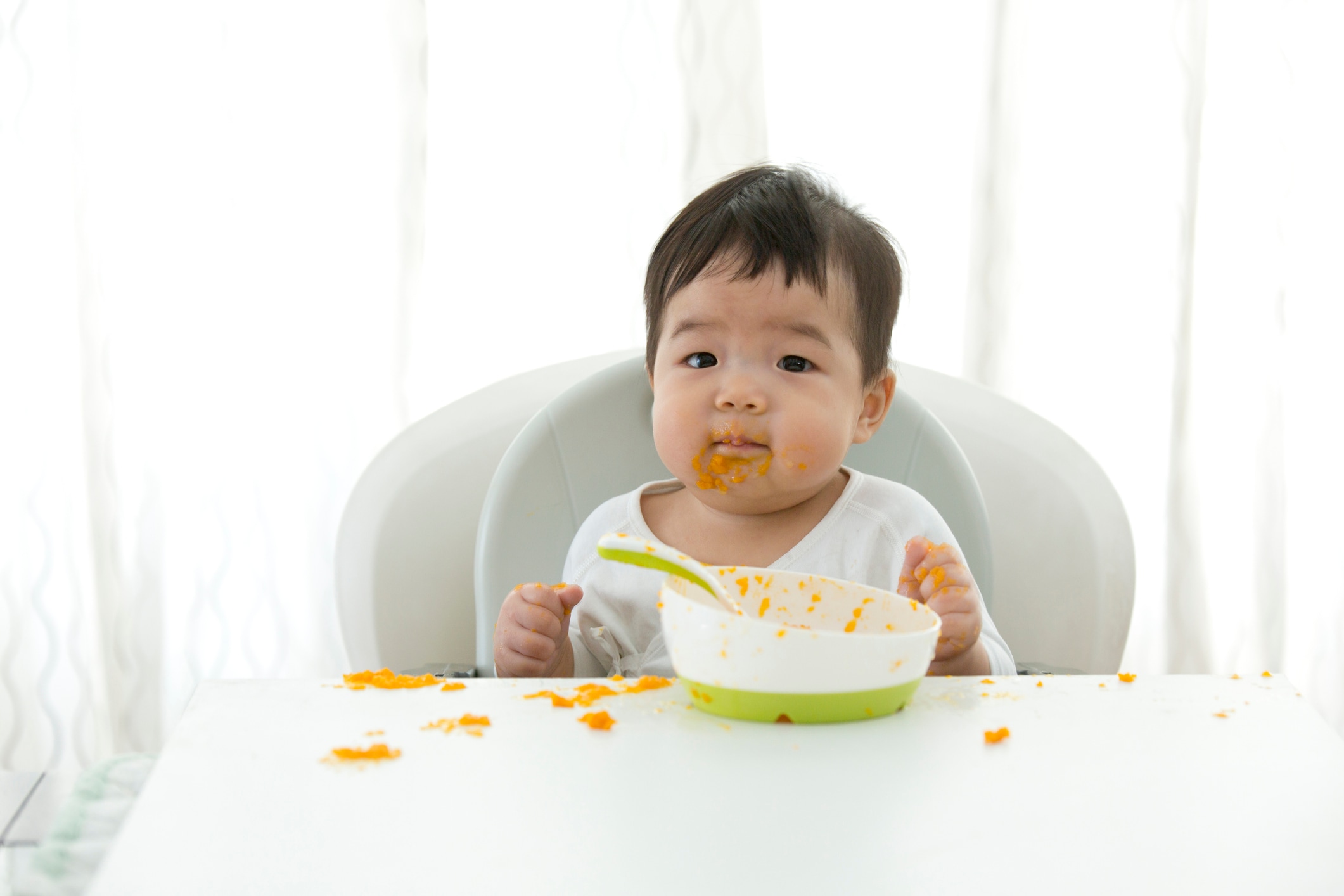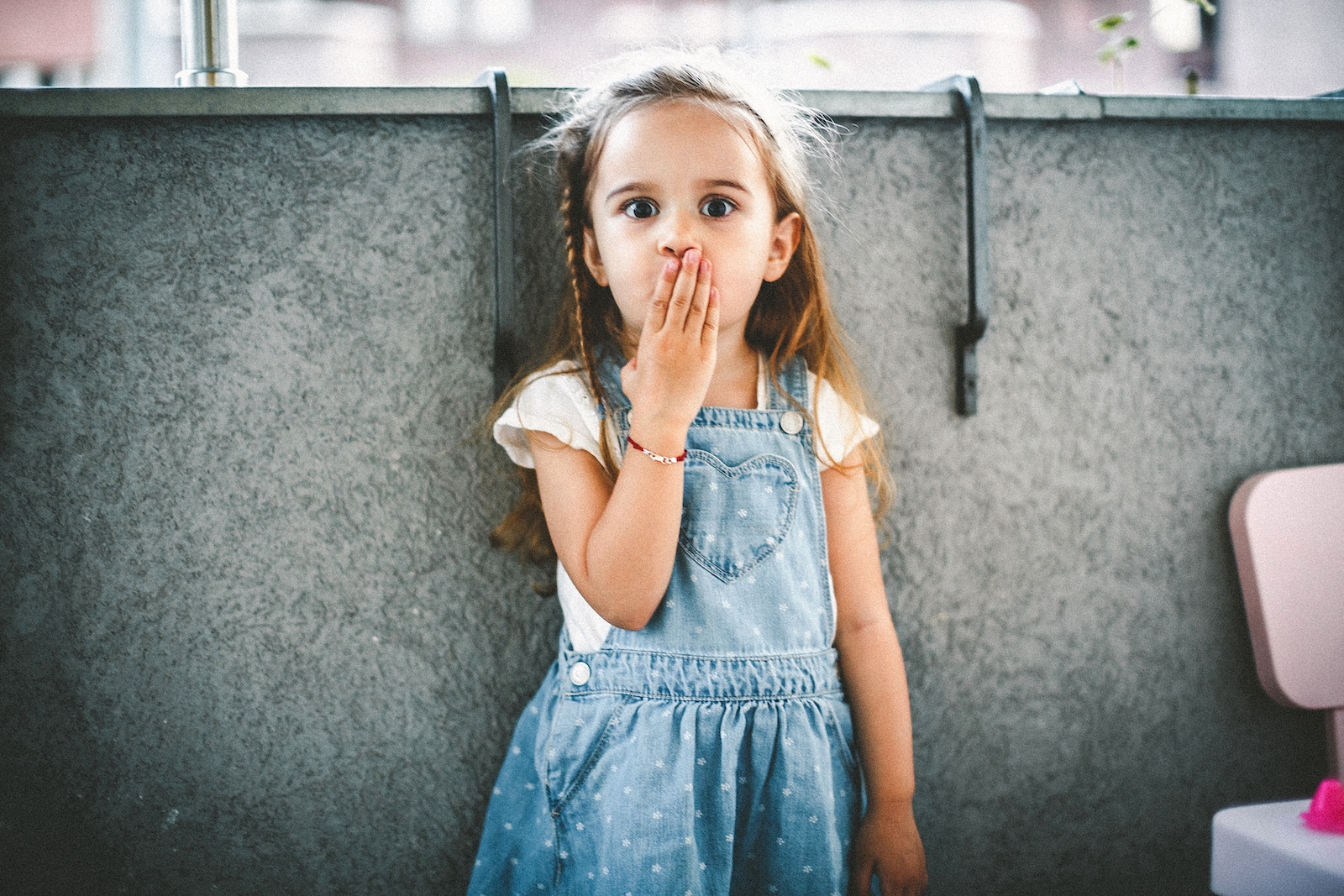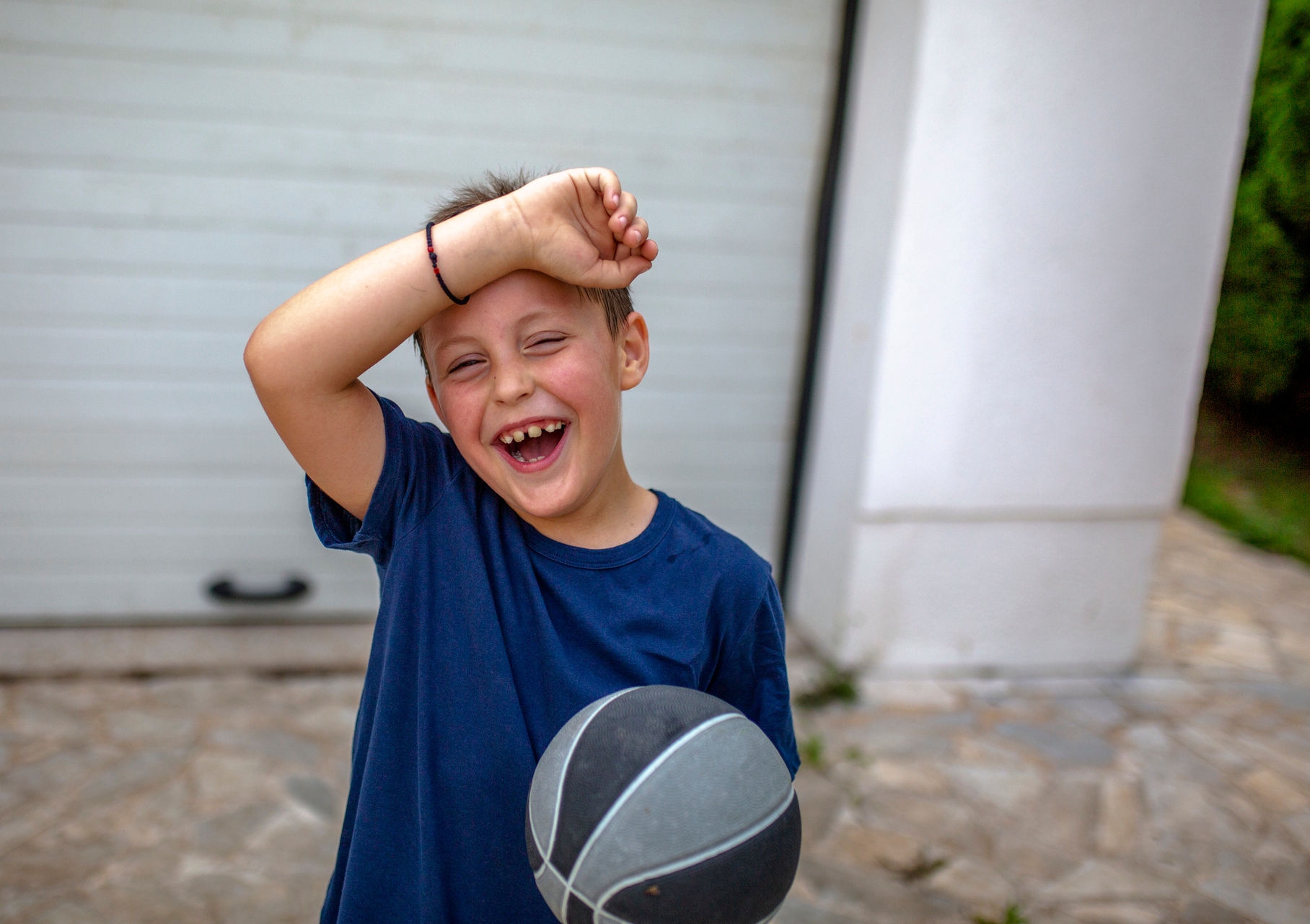If it seems like colds are running rampant through your kid’s school, it’s not your imagination. We’re only at the start of cold and flu season, but already doctors report seeing unusually high numbers of cases of serious respiratory infections in kids. In several states, doctors say local children’s hospitals are filling up with pediatric patients, even before cooler weather has really set in, and they’re warning that things may only get worse as we ride out the rest of this fall and winter.
Children’s hospitals are ‘overflowing’
The Centers for Disease Control and Prevention (CDC) warned in September that hospitals nationwide were already seeing “increases in pediatric hospitalizations in patients with severe respiratory illness.” Just a few weeks later, doctors on social media say hospitals are being bombarded with pediatric patients experiencing severe symptoms of respiratory syncytial virus (RSV), rhinovirus, enterovirus, COVID and even early cases of the flu.
Dr. Maya Maxym, a pediatric hospitalist, recently asked on Twitter, “Has anybody noticed that children’s hospitals are overflowing?”
Dr. Katie Lockwood, a pediatrician, confirmed the trend and says it’s a variety of viruses–not just staffing shortages–that are to blame. “Some people think that children’s hospitals nationally are full due to nursing shortages,” she writes. “While this may contribute at some hospitals, mostly it’s due to RSV, enterovirus, flu and other viruses. Please, get vaccinated, wash hands, mask, stay home when sick.”
Is the number of respiratory viruses really increasing?
It’s normal to see an uptick in respiratory infections during cold and flu season and as kids return to school. “It is usually October through March when we start to see increased respiratory infections,” says Dr. Zachary Hoy, a pediatric infectious disease specialist at Pediatrix Nashville Pediatric Infectious Disease. “Typically the season starts with RSV and enterovirus and then influenza virus towards December and January.”
What’s not quite as normal, some doctors say, is how early these viruses are ramping up and how many kids are ending up at the hospital. Children’s hospitals in Massachusetts, Connecticut, Indiana, Nebraska and Louisiana all report a high number of respiratory patients, according to TODAY.
Rates of RSV tripled in the past month and influenza A is already circulating, according to Yale’s clinical virology seasonal virus report. Dr. Ibukun Kalu, a pediatric infectious diseases specialist at Duke Children’s Hospital in Durham, North Carolina, tells NPR that while RSV is common during cold and flu season, this rate of positive cases isn’t typically seen until November, December and January.
It’s not clear yet if the rates of respiratory infections will be higher overall or if there is simply a shift in the prevalence and seasonality of different infections. Dr. Hoy says it may only seem like we’re having more infections because of the impacts of COVID during previous years. “It seems like we are having more infections likely because we had relatively fewer the past two winters due to more quarantining when COVID was more prevalent,” he explains.
What can parents do to keep kids healthy?
For parents and caregivers, the biggest challenge this cold and flu season may just be keeping kids healthy.
The first line of defense in protecting kids against respiratory illnesses is knowing what you’re up against. Rhinoviruses and enteroviruses are the viruses behind many common colds, while RSV is a respiratory infection that can be particularly dangerous for infants and young children. COVID and flu are also expected to circulate heavily this fall and winter, and the CDC encourages vaccinating kids against both.
There is no vaccine for RSV, rhinovirus or enterovirus. To help kids stave off infection from these and other viruses, Dr. Hoy says to remember that the main way these viruses spread is through contact with respiratory droplets. Steps to prevent transmission include:
- Frequent handwashing.
- Respiratory etiquette, like covering coughs and sneezes.
- Staying home when ill.
- Avoiding others who are sick.
The CDC also advises masking in public if you live in an area with a high rate of COVID transmission.
If your child does get sick, Dr. Hoy says to look out for signs of serious respiratory illness. “Serious symptoms to watch for are significant trouble breathing and the inability to keep up with hydration,” he says. In babies and young children, this may look like using extra muscles when breathing, gasping and having fewer wet diapers than usual.
While many respiratory infections will heal without progressing to severe illness, it’s a good idea to contact your child’s pediatrician anytime you notice new, prolonged or worsening symptoms.





